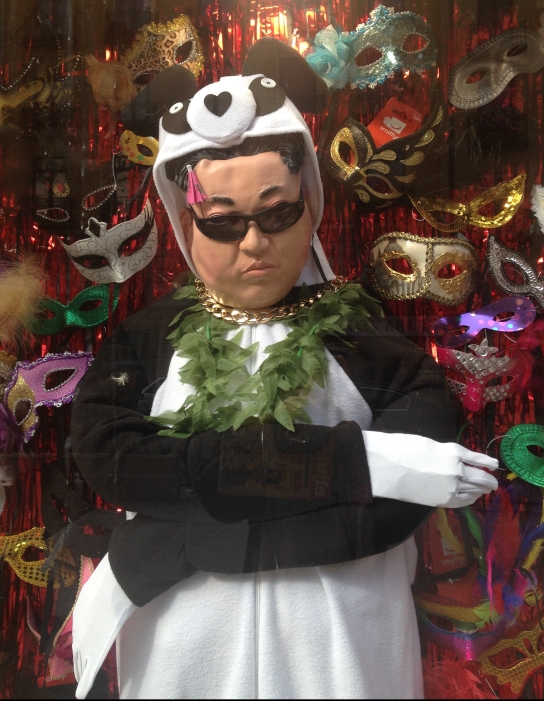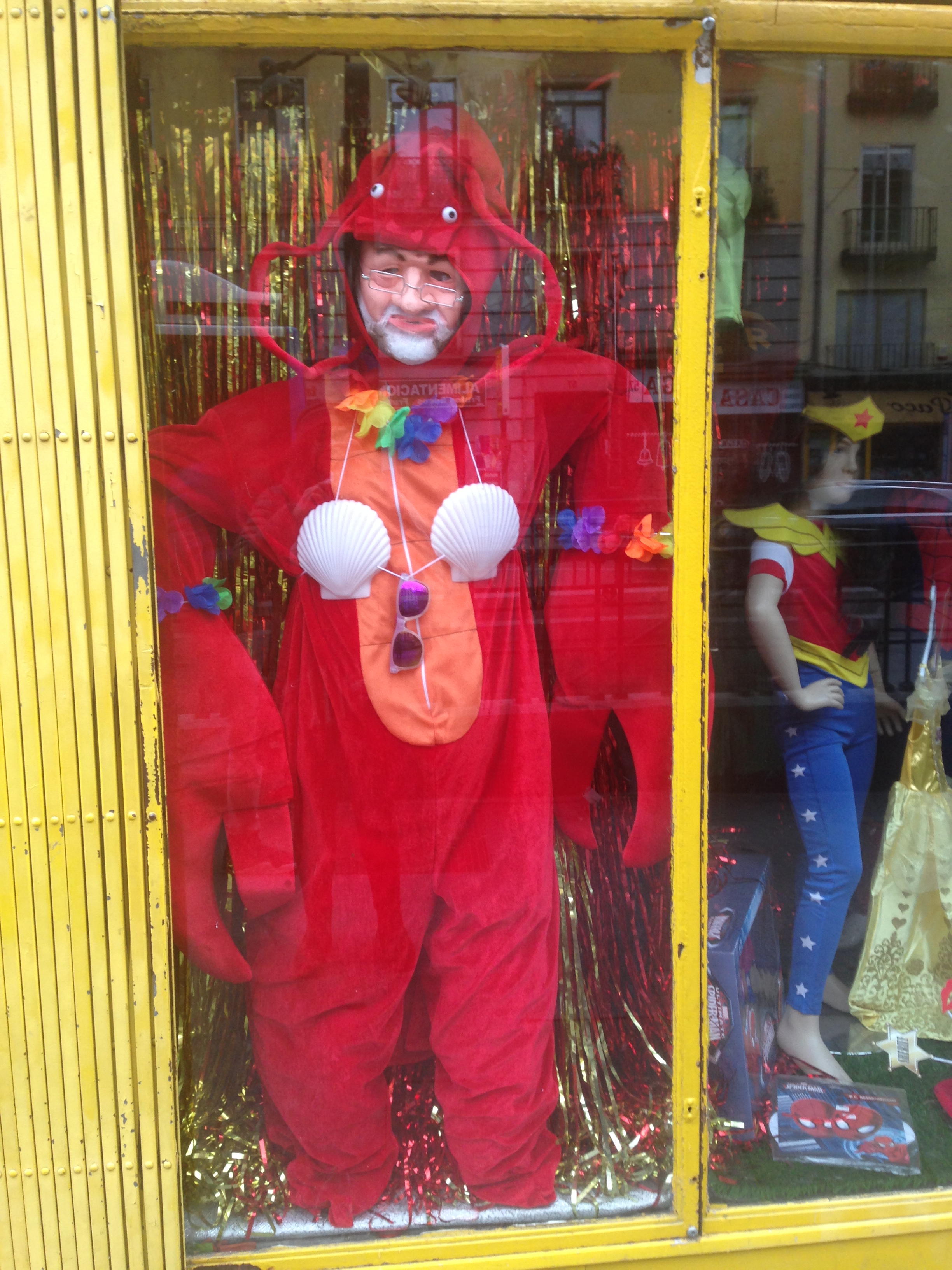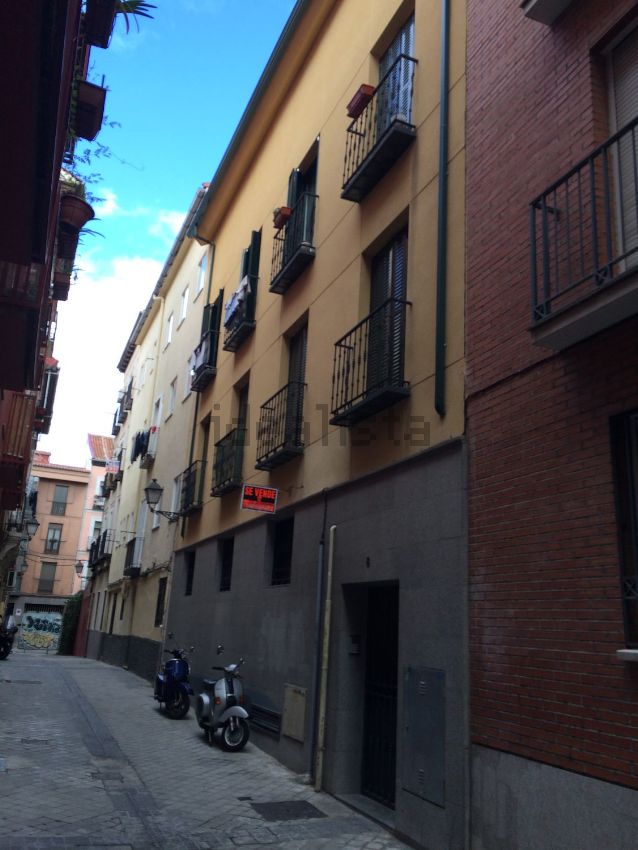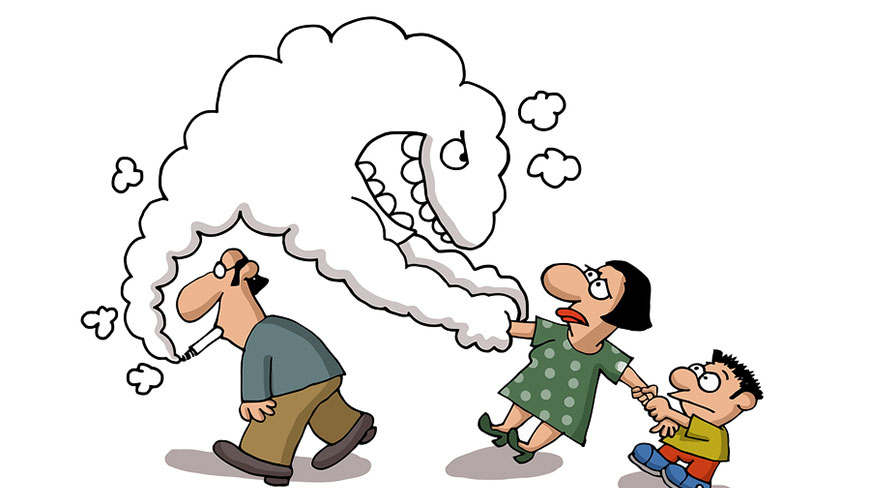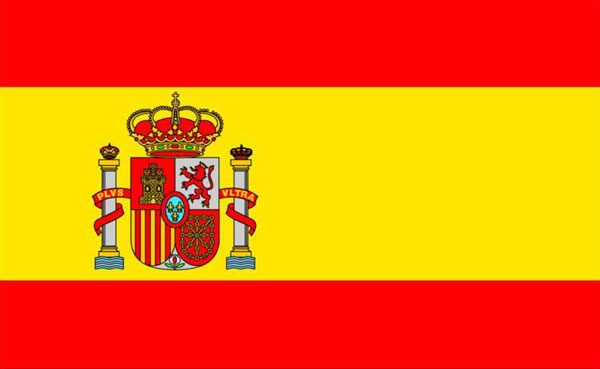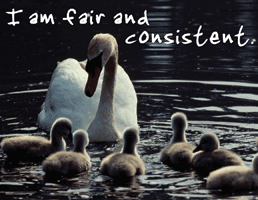One thing I love about Spain- particularly rural Spain- is the existence of what are termed “old man” bars. “Old man” bars are named after their clientele- they are generally populated by elderly men- and what could be called their “traditional” style. So, how can you identify an “old man” bar? And why are they good?
OK, to answer the first question, there’s a number of clues to look for:
- The decor is “rustic” and hasn’t been renovated for 30+ years. Entering such a bar is like taking a step back in time. Think bulls heads on the wall and hand-lettering.

- The coffee is torrefacto, and is served in a small glass. Torrefacto is a uniquely Spanish method of preparing coffee beans, which gives the product a rather unique taste (that’s putting it politely). “Old man” bars invariably serve torrefacto.

- The food is incredibly cheaply priced and (usually) incredibly good. Just like the decor has been stuck in the 60s, so have the prices. Go to an “old man” bar, and you are likely to find amazing food at really good prices. Often, the chef will be the bar owner or his/her partner.

- The waiters are men in their 50s or 60s. One of the charms of “old man” bars is that the waiters are professionals. They come from an era where waiting was considered an honourable profession, rather than a way to make some spare cash whilst you’re at uni. Usually, the service is outstanding, and you’ll be called “usted.”
- It takes time to become a regular. But once you do, the employees and the other clients will defend you with their lives. When I was working at Los Negrales, I started frequenting an “old man” bar near my school. After about 6 weeks, the waiter realised that I was a loyal customer, and we started to chat. He told me when he saw a TV programme about Australia; another client introduced himself and his dog; and if I ever had to leave when the waiter was absent, I’d just tell the other clients that I had to return to work and I knew that they’d make sure the waiter got the money.

So, now we get to the second question- why are these bars worth preserving? In summary, “old man” bars are SO much more personal than the dreadful chains. Yes, you need to make an effort, and I respect that. But once you cross that threshold (and it’s hard, I know), the rewards are very high. You’re a member of a club that doesn’t admit anyone; that depends on loyalty and trust; and that doesn’t care about trends.

And that’s something to be proud about.



